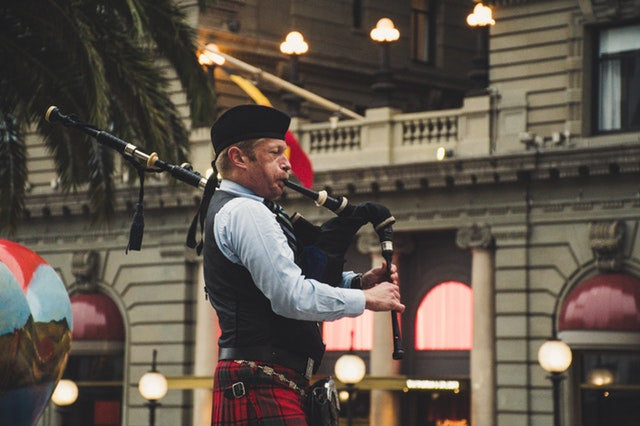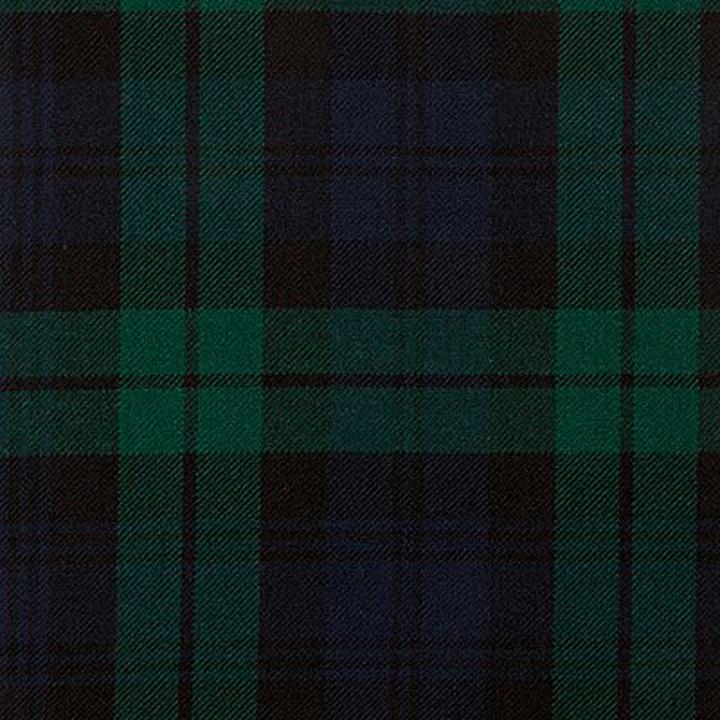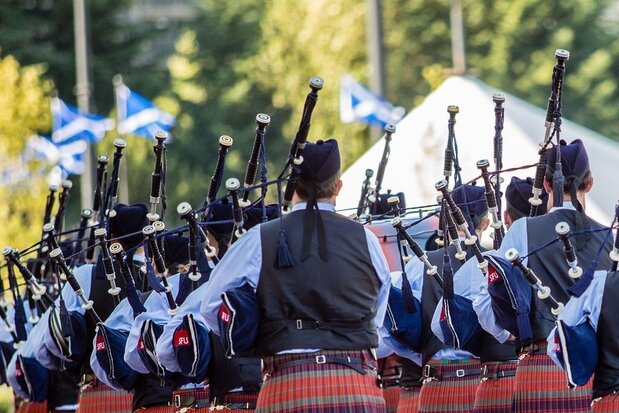Think of Scotland and you can’t visualize the highlands without the classic bagpipe and kilt. The history of the kilt goes back to the days of the early Celtic race of Caledonia. Like much of British history, the kilt does not come without an argument or two, to back its claims of origin.
An Irishman might tell you that the traditional Scottish garment was originally from Ireland, introduced to Scotland by migrating Gaels only later. An Englishman will insist that an English native by the name of Thomas Rawlinson was the one who invented the kilt in the 18th century. Americans might lay a claim too, believing that they brought it back in fashion after the Oscar-winning film Braveheart escalated it to global stardom. In all fairness, you have to hand it to the Scottish folks for developing the kilt in the pre-seventeenth century.
Don’t believe us? Look up the acclaimed book “Old Irish and Highland Dress” by H.F. McClintock that contains documented details about the Gaelic clothing published first in 1943, now revived by Scotpress in the USA. Here’s a synopsis of the kilt’s colourful history:
Made in Ireland or Scotland?
Unfortunately for the Irish, there are no records to proclaim Irish heritage regarding the kilt. There are references to the leine or Irish tunic that had a skirt swirling around the knees but it was simply an extension of the tunic, not a separate piece like the kilt. If you mistake it for one in old sculptures, remember it is just that: a mistake in perception!
This confusion was further fuelled by the figures of warriors in the Middle Ages wearing quilted knee-length armour in both Ireland and Scotland. The vertical lines running down the tunic have been mistaken to be pleats, says the author. However, they are just quilting lines running vertically down the tunic that ends at the knee, he explains. The kilt was spotted in Ireland only in the mid-19th century. They were not worn by Irishmen but Scottish writers, so there!
The Early Highland Dress in Medieval Scotland
McClintock states that the earliest mention of the garment in Scotland is in 1093 in a saga called the Magnus Berfaet where King Magnus adopts the dress in the Western Isles of Scotland. There is a clear mention of bare-legged short tunics which is why he was called “Barefoot.” However, it was not still a “kilt” then in the strict sense of the word but more of a tunic. It was only in the 16th century that McClintock finds evidence of people wearing a belted “plaide” (Scottish Gaelic word for blanket) of heavy woollen fabric gathered into folds.
This also proves that the Americans got it wrong. The fashion statement in Braveheart was not quite correct. The belted plaid was never worn by Scottish Highlanders in the 13th or 14th centuries. The first reference to anything that was remotely close was not until 1578. Bishop Lesley in Rome wrote of the Highland Scots that the clothing was primarily worn for war, draped by both the nobility and commoners. It was gathered up into folds to use as a form of camouflage as well as a dress.
The only document dated before 1600 describing a belted plaid - the earliest form of the kilt - is an Irish source written in Gaelic called “Life of Red Hugh O’Donnell” written by Lughaidh O’Clery, clearly specifying that the Scots wore them. By the 17th century, references to the belted plaid became synonymous with the Gaelic Highlanders.
Kilt - The Long and Short of it
The garment was originally not tailored. It was simply a four to five yards long, mostly tartan-patterned woollen fabric with wide plaids that were never precisely folded nor sewn in, as they do now. The pleats were also used as blankets then.
In 1730 the kilt became shorter when an Englishman named Thomas Rawlinson cut the garment in half to help the workers go about their duties with ease in his stuffy iron-smelting factory. This way, the lower part could be worn separately. This historical slashing also gave rise to the English people’s insistence that they indeed invented the Scottish National dress.
The true tailored knee-length kilt as we know today with sewn box pleats entered only in 1792.
TartanTown - Your Scottish Department Store for Over 40 years
When you add a Scottish theme to your events or celebrate the great tradition of the Scottish people on special occasions, visit us. For over 40 years, Tartantown has outfitted weddings, graduations, birthdays, dinners, and special occasions with kilts and necessary accessories made in Scotland, available both for purchase and rental purposes. Fittings are by appointment only. Email us or call to schedule an appointment.









